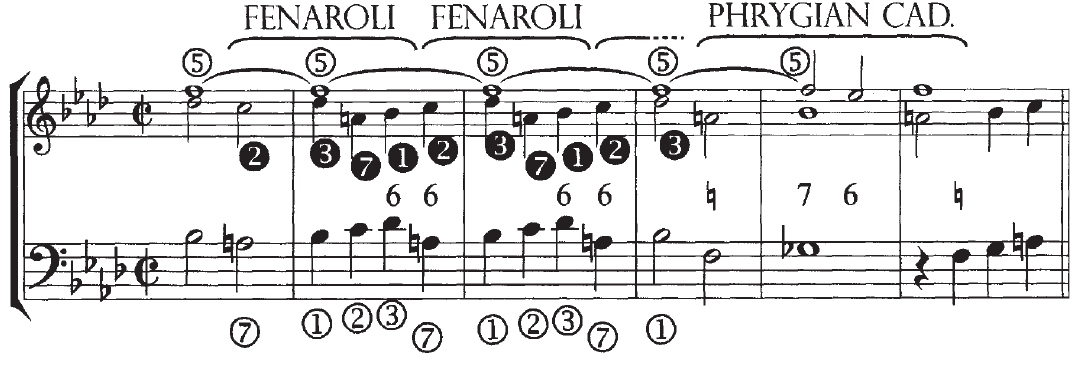
|
| From: | Lukas-Fabian Moser |
| Subject: | Re: Naming question: \function |
| Date: | Thu, 9 Jul 2020 13:55:31 +0200 |
| User-agent: | Mozilla/5.0 (X11; Linux x86_64; rv:68.0) Gecko/20100101 Thunderbird/68.10.0 |
Hi Urs,
I agree. In Malte Meyn's original package he included helper functions that switch enconding of functions on for a whole context (\lyricsToFunctions etc.), which reduces the hassle of long keywords.I have the impression I have no choice but to follow Carl's suggestion and add a clarifying adjective, although that makes for quite "expansive" user interface. E.g. \harmonicFunction might be the best bet so far.
The next question would be how to name the corresponding commands in the other planned modules (roman numerals analysis and "Bassstufen", another system obviously tied to German-speaking music theory - I didn't even find an English reference on Google. It is a system originally devised by E.A. Förster around 1800 (https://en.wikipedia.org/wiki/Emanuel_Aloys_F%C3%B6rster) and heavily built upon in certain very influential streams of German music theory since about 2000.)
That's not quite true, since the use of circled numbers for bass (and, for that matter, also melody!) notes relative to a scale/root is common in theory texts dealing with "Partimento" practice, which is not restricted to German-speaking countries.
To be honest, I think Holtmeier borrowed the idea of circling
bass steps from this field (Förster did not use circles), but I'm
not sure on that.
A standard English-language reference is Robert O. Gjerdingen's "Music in the Galant Style", which I'm sure you can find in lots of your friends' offices in Freiburg :-). I just include one example:

(For what it's worth, this is one example of a standard textbook in which the musical examples plainly insult my LilyPond-pampered eyes.)
Hence ...
Maybe this set?
- \harmonicFunction
- \romanNumeral
- \bassStufe
... I would prefer an English name here, but failed to come up
with a good one in the last few minutes. Maybe \bassDegree or just
\degree?
I think it would be desirable to have multiple styles of circled numbers especially when dealing with minor scales: I know Holtmeier's up- and down arrows, but also something like b6 and #7 might be preferred by some (and obviously some applied-dominant sonorities need this anyway). And for my personal crusades, I'd even like to be able to completely customize the used numbering (because I would like to write something like do/re/mi instead of 1/2/3.)
However, since we're still in a computing environment I'm afraid the reference to roman numerals might be similarly problematic as "function". What do you think?
I don't think so. Roman numeral analysis seems to be the accepted term in English-speaking music theory, as far as I can see.
Lukas
| [Prev in Thread] | Current Thread | [Next in Thread] |